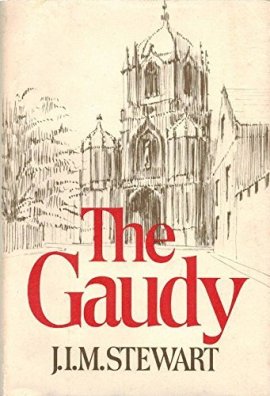Finally, 2020 is over. Yesterday Joe Biden was inaugurated as president. There were no right-wing riots, thank God, and, indeed, the inauguration went off smoothly, despite a newscaster’s hushed aside: “President Trump still has the nuclear bomb code till noon.”
Without any such nerve-racking journalistic comments, there was plenty of excitement for those of us who are fans of boredom in politics. Joe Biden and his wife Jill looked glamorous, radiantly smooth-skinned, blonde and/or white-haired respectively. Joe wore a dark suit (that’s as far as I go in male fashion critique), while Dr. Jill Biden wore a stylish blue dress and matching coat made of silk, velvet, tweed, and chiffon. This smart ensemble, according to Town and Country, suggested the stability of past inauguration ceremonies, and of previous First Ladies, like Jackie Kennedy, daubed with a tweedy touch of the Royals.

Naturally, Lady Gaga dazzled with far-out fashion, wearing a Schiaparelli cashmere jacket and a fun red puffy skirt that no one else could wear with aplomb. In her inimitable way, she sang the national anthem (and will it go to the top of the charts?). She actually made it sound like great music.

We saw Joe Biden sworn-in as president and listened to his speech. He used the word “unity” several times: that once-normal word was a great relief. And then I turned off the TV and forgot about politics. AND THAT’S HOW IT’S SUPPOSED TO BE. AS I went on a walk, the tension seemed to rise off my body and disappear.
The inauguration got me thinking about transitions in time. Years blur together in my mind, but time is distinctive at the blog, with its constant reminders of date of post, exact time posted, date of comment, etc. And so I mused on my abrupt “blog” transitions from year to year: a glance at my bedside table tells me I am still very much LAST YEAR in terms of the stack of books. Here are four newish books on the stack (only one read). Will I read my leftovers this year?

Last year I intended to read Susanna Clarke’s much-praised Piranesi, and I finally got around to it. This exquisite novel is fascinating and eerie, but does not rise above the genre level, at least for me. That said, I do not know anything about Giovanni Battista Piranesi. Perhaps that would clarify? Does Clarke allude to him, or not? I admired this book, and note that endings seem to be difficult for writers. An almost-classic.

Cantoras by Carolina de Robertis. I loved her last novel, The Gods of Tango, set during the early 20th century in Buenos Aires; De Robertis seamlessly delineates the life of a fascinating a young Italian immigrant who disguises herself as a man so she can play the violin in a tango band–a strictly all-male enterprise. Her new book, Cantoras, sounds very different. Set in 1977 in Uruguay, under a dictatorship, this novel describes the danger of political dissent, and we learn that homosexuality is punished by torture or imprisonment. The five heroines of the novel are cantoras (“singers”), which is slang for lesbian. They make a safe life for themselves on Cabio Polonio, an isolated cape whose only other inhabitants are the lighthouse keeper and a few seal hunters. Over the next 35 years, the relationships of the cantoras evolve and change. I look forward to reading it.

Love without End: A Story of Heloise and Abelard by Melvyn Bragg. What better way to catch up on the romance of Heloise and Abelard than through a retelling? Bragg’s novel moves back and forth between the twelfth century and the twenty-first century: Arthur, a historian and writer, is in Paris writing a novel about Heloise and Abelard, when his daughter joins him to help with research. Sounds like my kind of read.

Daughter of Black Lake, by Cathy Marie Buchanan. I loved her novel The Day the Falls Stood Still, set in Niagara Falls, Ontario, from 1915-1923, a beautifully-written historical novel with a strong environmental slant. Her new book, The Daughter of Black Lake, set in Britannia in the first century A.D., is a different endeavor. It is, according to the book jacket, the story of a young girl named Devout, who lives a simple life revolving around harvest and honoring Mother Earth. Seventeen years later, Devout has a gift (I don’t know what it is!) that helps save her people during famine and the occupation of the Roman military.
Are you planning to read books from last year’s TBR? Or do you move on?

























